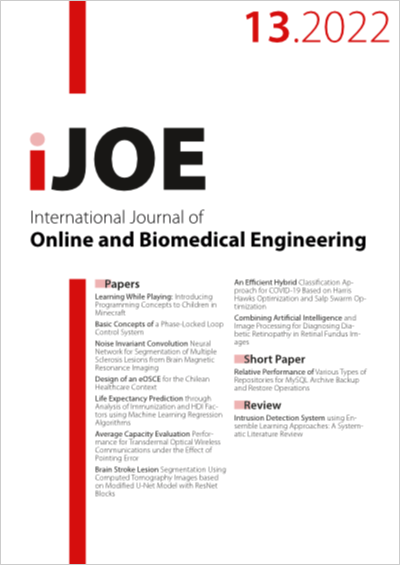Intrusion Detection System using Ensemble Learning Approaches: A Systematic Literature Review
DOI:
https://doi.org/10.3991/ijoe.v18i13.33519Keywords:
Intrusion Detection System, Ensemble Learning, Cyber security.Abstract
Undoubtedly, the advancements in Machine Learning (ML) and especially ensemble learning models enable researchers to develop numerous fields in ways we had never imagined before. Intrusion Detection System (IDS) is one of these fields that benefits from the aforementioned techniques to identify and classify the security threats with more accuracy. In fact, IDS technology has become an essential component for any defense strategy, since it provides a healthy environment for businesses. Besides, it protects future network infrastructures from intruders and suspicious network activities. In this context, this paper presents a systematic literature review on ensemble learning-based IDS and the datasets used to evaluate the proposed methods. Furthermore, we illustrate the distribution of the reviewed papers by year of publication, datasets utilized and ensemble learning methods. Finally, we discuss the finding of this review and highlight some limitations of the aforementioned models. The overall purpose of this literature review is to provide a guideline on how to choose ensemble learning models to solve IDS issues based on the most efficient and recent trends
Downloads
Published
How to Cite
Issue
Section
License
Copyright (c) 2022 Aouatif ARQANE, Dr. BOUTKHOUM Omar , Hicham BOUKHRISS, Dr. EL MOUTAOUAKKIL Abdelmajid

This work is licensed under a Creative Commons Attribution 4.0 International License.



